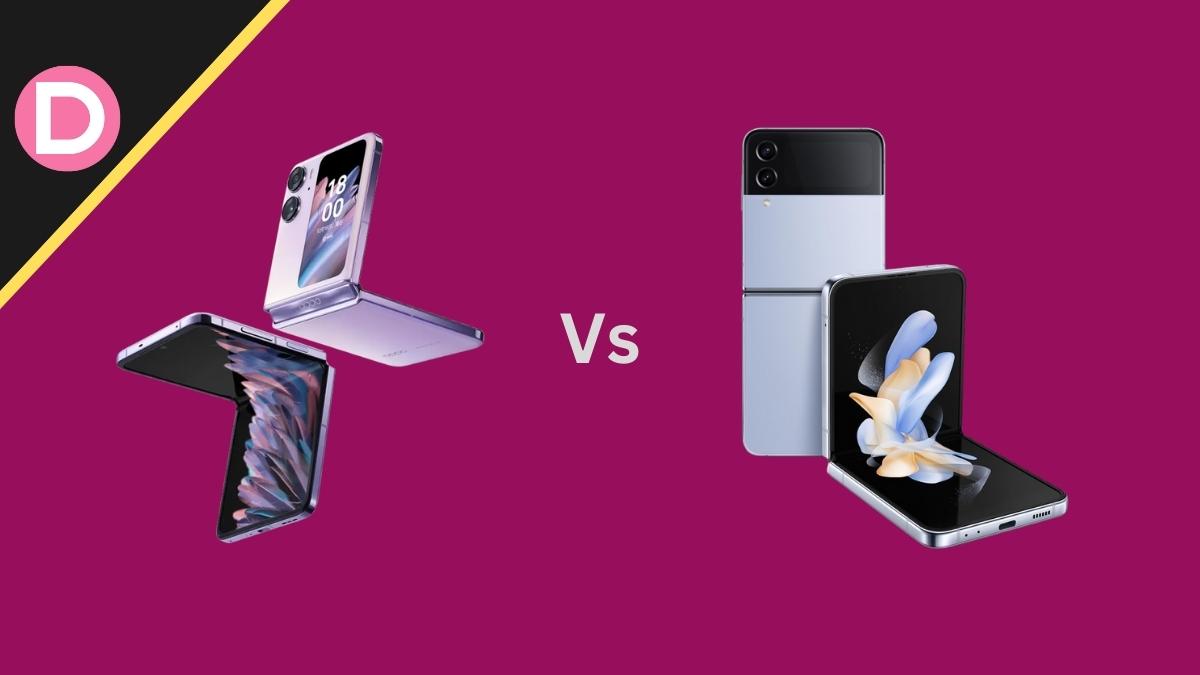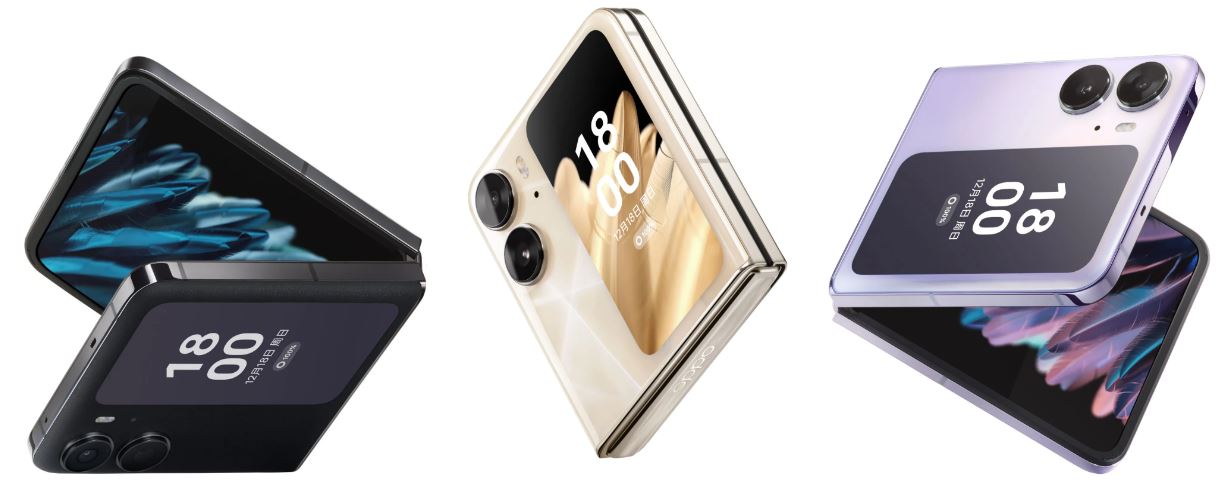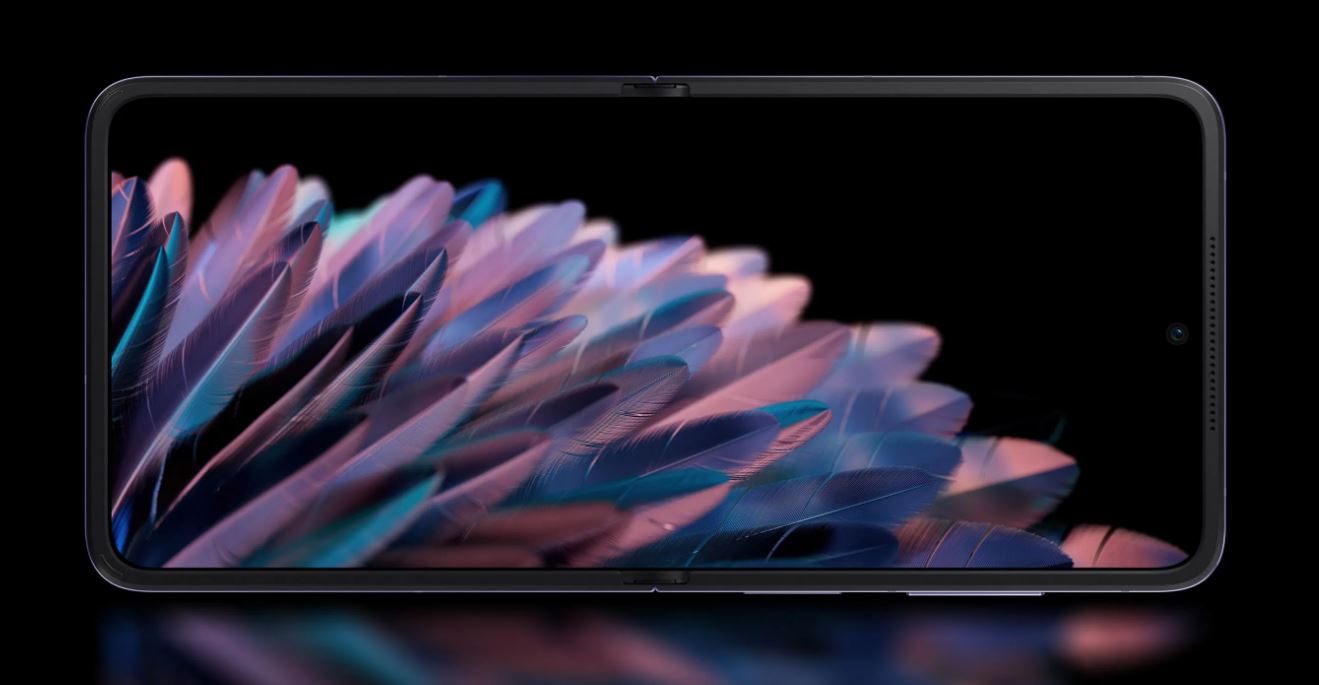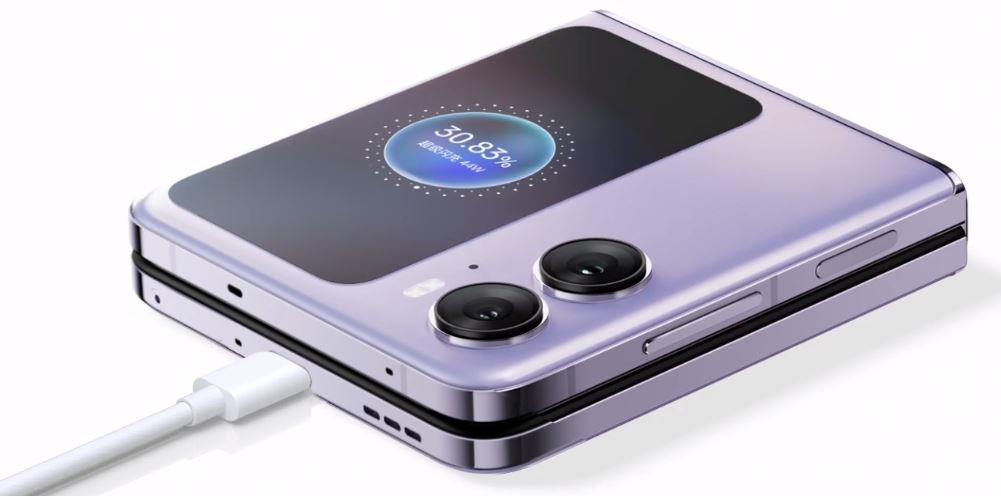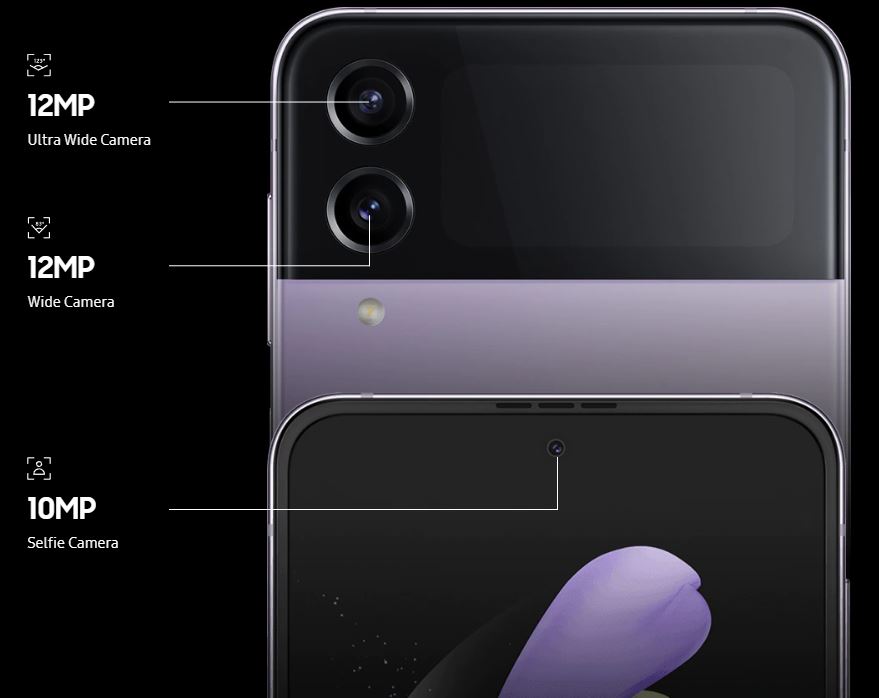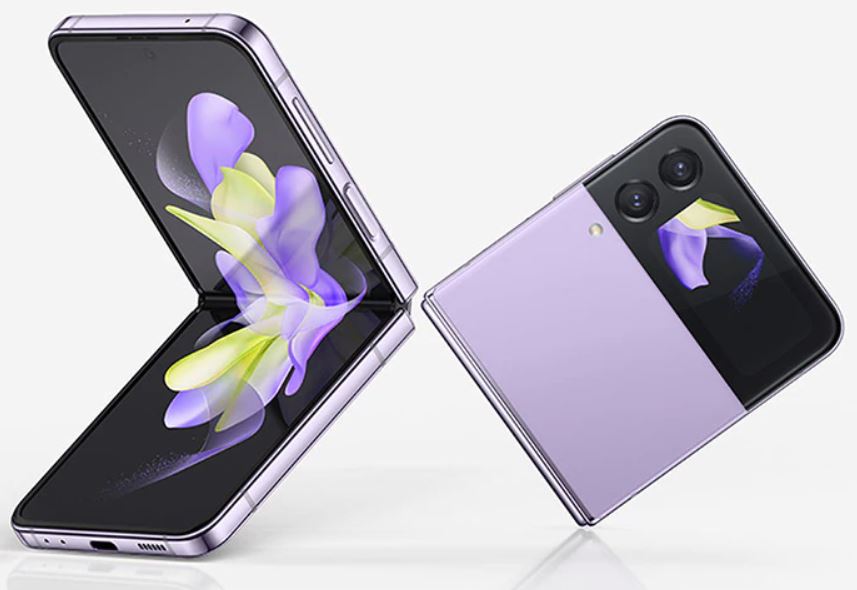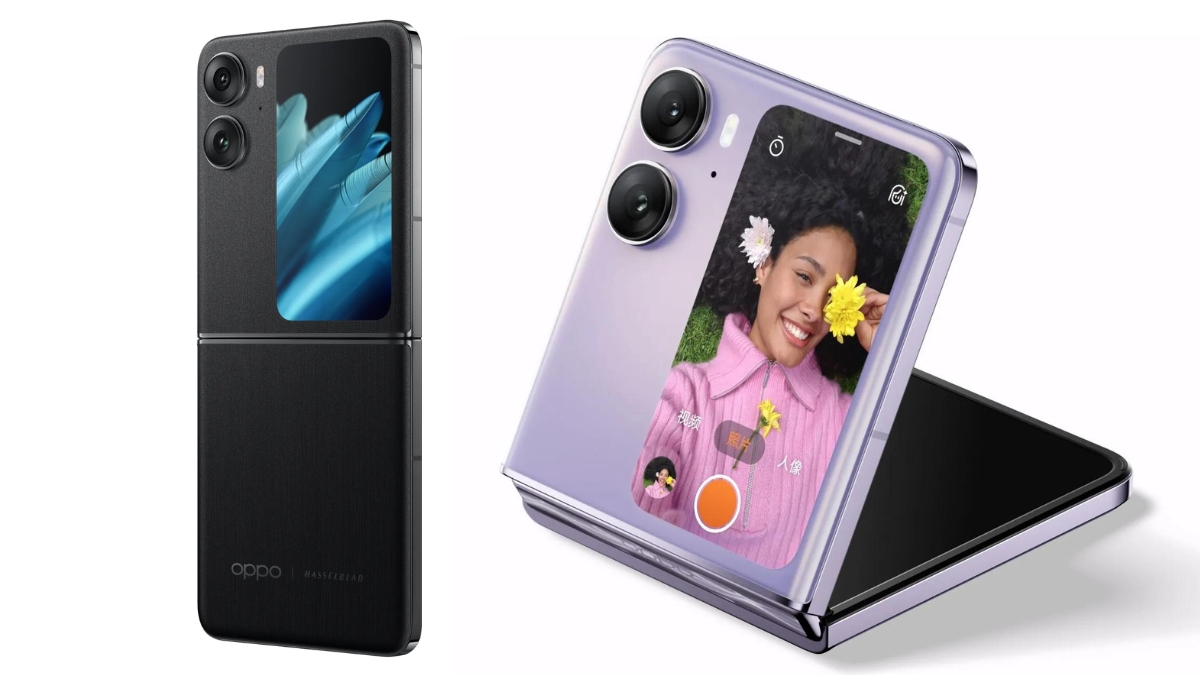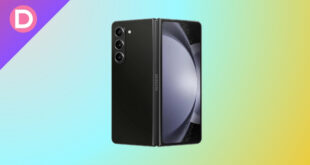The second day of Oppo’s event concluded on 15th December. The Find N2 and Find N2 Flip were announced at this event. The Find N2 Flip is a direct and strong competitor to Samsung’s Galaxy Z Flip 4.
The regular Find N2 is a book-style foldable device with slightly tweaked aspect ratios compared to the previous gen. It has the same 120Hz AMOLED screen. The 8+ Gen 1 SOC powers it. It has a 50MP (IMX 890)+ 48MP (Ultra wide)+ 32MP (Telephoto, 2X) camera setup.
The Find N2 Flip is powered by a flagship SOC from Mediatek, the Dimensity 9000+. Based on TSMC’s 4nm fabrication, the phone should breeze through daily tasks and handle gaming well. It ships out of the box with ColorOS 13 (based on Android 13). It still only supports 1080P 30 FPS recording from the front camera.
The cover screen is interactive and also larger than the Flip 4. It’s 3.26″ diagonal. This is not to say that compromises weren’t made for this Find N2 Flip.
The phone has a 50MP primary sensor with an 8MP ultra wide-angle lens. It still disappointingly has USB Type C 2.0, and the Flip 4 has the same. A 4300 mAh battery is inside, and it charges at 44W. That’s not blazing fast and way behind Oppo’s crazy fast charging speeds on the Reno series.
In this article, we will compare the latest Find N2 Flip to Samsung’s offering on paper and try to decide on a theoretical winner. We will explore all the core categories. The post contains subjective opinions, too, which must not be taken as factual.
Oppo Find N2 Flip vs Galaxy Z Flip 4: Specs Comparison
1. Display
On paper, both of the displays are pretty decent. The Find N2 Flip has a 120Hz HDR10+ AMOLED display with 1200 Nits of peak brightness. The Galaxy Z Flip 4 has a comparable 120Hz 1080P display with 1200 Nits of peak brightness and the same HDR10+ support.
However, Oppo’s cover display is bigger (3.26″ vs 1.9″) and is far more practical in daily use. Samsung’s screens typically outshine the rest in color tuning, but other companies have more or less caught up in recent times.
Without practical comparisons of color reproduction, brightness sustainability, and HDR tuning, it is impossible to judge a conclusive winner in this category. This is understandable, considering they are foldable phones.
Due to its form factor, a foldable device typically has a hot chassis, and you don’t want thermal problems or heating issues. The thermal chassis is also small, resulting in a smaller thermal envelope. Faster charging might cause heating problems, so keeping it slower is safer.
Winner: Inconclusive.
2. Battery and charging speeds
The Find N2 Flip has a 4300 mAh battery, and the Z Flip 4 has a 3700 mAh. However, they’re both based on a hyper-efficient TSMC 4nm fabrication process. The Find should have better battery life due to a bigger physical capacity.
Battery life depends on plenty of factors, though. Software optimization, tuning refresh rate variability, battery efficiency per watt, etc., play a huge role in determining the battery life. ColorOS seems to have lighter overall skin compared to OneUI, so it might have a theoretical upper hand regarding battery life.
The Flip 4 charges at 25W and takes a little over an hour to charge fully. Oppo supports 44W charging, and it’s unclear how long it will take to charge the phone.
Winner: Oppo Find N2 Flip (Theoretically).
3. The cameras
They’re both pretty underwhelming and predictably bad. With fashion-focused phones like Flip-style foldable devices, companies do not focus on a tech-enthusiastic audience that cares about sensor sizes and cameras. The Flip phones are not meant to have great cameras since that’s not their primary selling point.
After post-processing, which has become just as important as the hardware, the result still looks acceptable despite inferior hardware. The Find N2 Flip has a terrible and tiny 8MP ultra-wide angle lens and a 23mm 50MP primary sensor. On the other hand, Samsung has a dual 12MP+ 12MP camera setup with a 10MP front camera.
Oppo has a 32MP front camera but cannot do 4K or 60FPS video recording from the front. Samsung can still shoot in 4K (after up-scaling) with the 10MP selfie camera. Samsung has excellent software processing that appropriately adjusts exposure, applies noise reduction, and does artificial sharpening. It also has sound color reproduction with AI scene optimization.
Oppo has an in-house NPU (Neural Processing Unit) called the Marisilicon, which is responsible for image processing on the Find N2 Flip. While it might save shots from the primary camera, the poor-quality ultra-wide angle lens will mostly perform underwhelmingly.
Winner: Galaxy Z Flip 4.
4. Performance
Qualcomm’s 8+ Gen 1 SOC is a stunning performer. It has the right balance of performance, efficiency, and thermals. For the first time in a long time, it offered a superb competing option to Apple’s in-house SOCs. This is partly thanks to TSMC fabrication.
The Dimensity 9000+ is no slouch in performance, though, and it’s based on the same fabrication process. So, efficiency per watt should be pretty comparable as well.
Samsung still has the upper hand with the 8+ Gen 1 since game developers usually prioritize Qualcomm chips when optimizing games. This is because they typically sell in more significant numbers. It’s also a fact that Qualcomm’s image signal processors are superior to MediaTek’s.
Winner: Galaxy Z Flip 4.
5. Software Experience
Oppo’s Find N2 Flip runs ColorOS 13 based on Android 13. The Flip 4 ships with Android 12 (OneUI 4) out of the box and the Android 13-based One UI 5 update has already been rolled out. This section purely concerns personal preference in UI design, but it’s a different story with functionality and practicality.
Both have a feature similar to Flex Mode, where the software is optimized to intelligently split and divide apps based on whichever angle you fold the phone. Since Oppo is pretty new to the game, OneUI will have the upper hand in global app optimization.
ColorOS has a modern aqua-morphic design with copious amounts of Gaussian Blur and glassy icons. It has carefully curated fonts and an overall colorful experience. It also has the Material You design language. There are plenty of features to play around with. ColorOS 13 brings large folders and better customizability for the Always On Display.
OneUI 5 has slight animation, smooth refinements, and subtle features like lock screen customization, new widgets, better Material You, etc. Samsung has a crucial advantage regarding a globally available ecosystem of products.
The Flip does not support DeX mode but has all the fantastic OneUI features like Good Lock Modules for granular customization and the Secure Folder feature. You also get a well-connected family of products with great features like call and message continuity, app continuity, auto audio switching, quick share, etc., to boost your productivity.
Samsung has also been consistent and reliable with software updates in 2022. While both companies have promised four years of updates, the Flip will probably get updates faster.
Winner: Galaxy Z Flip 4.
6. Pricing and Availability
The Find N2 Flip is most probably launching for global markets. As you probably know, Samsung has the best global reach for selling foldable phones. Oppo going international this time might give Samsung some much-needed competition.
The Find N2 Flip is priced at 5,999 yuan ($859 approx.), and the Flip is 999$. But after factoring in import duties and taxes, once the phone is exported out of China, the pricing might be about the same for both.
7. Design and Miscellaneous
Samsung has a beautiful industrial design, with a two-tone finish and dual cameras on the back with that secondary display. It still has a noticeable crease running down the middle since it presses the panel down to get it to fold.
On the other hand, Oppo uses a waterdrop style of folding its display, so it never has to be pressed down. This results in a much less visible crease. The rear design also looks pretty neat on Oppo’s end, with a much larger outer screen.
It’s worth mentioning that Samsung still makes the only foldable phones in the world with an IPX8 water resistance rating, while Oppo promises nothing. These phones still support an old USB C Type 2.0 standard with prolonged transfer speeds.
Winner: Personal Preference.
Oppo Find N2 Flip vs Galaxy Z Flip 4: Conclusion
So far, most categories have ended in Samsung’s favor, apart from the personal preference ones. If you want a globally available foldable phone with familiar software, well-optimized apps, and little compromise, the Galaxy Z Flip 4 is the phone.
People who want an IP-rated phone for peace of mind and slightly better cameras will side with Samsung. Suppose you’re more of a tinkerer willing to give Oppo a shot with their foldable phone. In that case, it has benefits, too, like a larger outer secondary screen and a possibly better battery thanks to a bigger capacity. And obviously, the much less visible crease.
Oppo’s major downside in this on-paper comparison is the poor quality ultra wide-angle camera, no 4K recording on the front, and the question of app optimization to take advantage of the foldable form factor. Samsung’s option is more of an all-rounder with few compromises. The only nitpicks are a more visible crease and a smaller physical battery.
Overall Theoretical Winner: Galaxy Z Flip 4.
